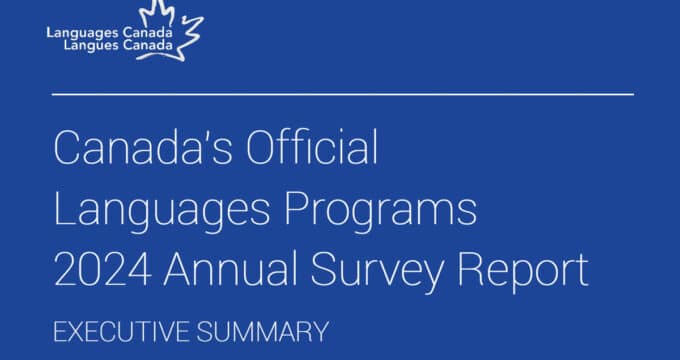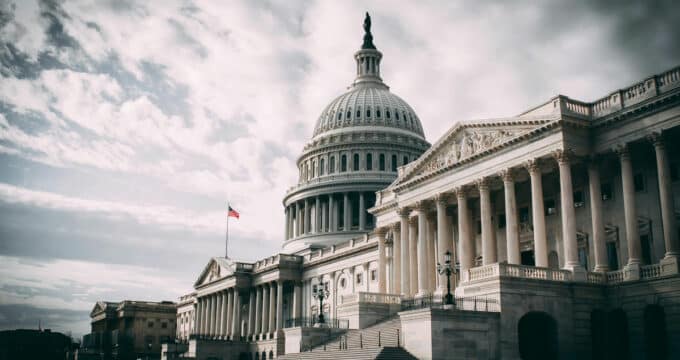A decade of declining admissions yields for US colleges
Following the development we observed last month in “International gains buck downward enrolment trend in US graduate schools”, the recently released "2012 State of College Admission" report from the National Association for College Admission Counseling (NACAC) advises that applications to US colleges are up but yields are down. A “yield” refers to the percentage of admitted applicants who actually go on to enrol. What’s more, says NACAC, they’ve been going down for ten years. Yield Rates for Public and Private 4-Year Colleges
|
Year |
Public |
Private |
| 2002 |
51.4% |
47.8% |
| 2003 |
50.6% |
45.7% |
| 2004 |
49.1% |
45.5% |
| 2005 |
48.9% |
44.2% |
| 2006 |
47.5% |
43.8% |
| 2007 |
48.4% |
44.2% |
| 2008 |
46.2% |
43.3% |
| 2009 |
42.9% |
38.4% |
| 2010 |
42.9% |
38.4% |
| 2011 |
42.6% |
36.4% |
There are a host of factors contributing to the high application/lower yield rate but possibly most relevant for ICEF Monitor readers is the fact that individual students are applying to a larger number of colleges, whether to give themselves the widest choice of admissions offers or to supplement their top choices with solid backup options. Because of this, the likelihood that an application translates into an actual enrolment for a US college is now lower. NACAC reports that:
“Seventy-nine percent of Fall 2011 freshmen applied to three or more colleges, an increase of 12 percentage points over the last 10 years. The percentage of students who submitted seven or more applications reached 29% in 2011.”
The report goes on to say that such inflated application numbers resulted in a situation in 2011 where:
“For the Fall 2011 freshman class, the average yield rate among four-year colleges and universities was 38%, meaning that fewer than half of all students admitted to a given institution accepted those offers of admission.”
This makes it very hard for colleges and universities to know how many applications to accept to meet their enrolment targets. This, in turn, is having a significant effect on how much wait lists are used for enrolment:
NACAC reports that “nearly 45% of four-year institutions reported utilising wait lists in 2011, up from 32% in 2002.”
For those working on recruiting international students to US colleges, these report findings provide some important takeaways. Chief among them: maintaining a good relationship with a college’s admissions staff is especially important today. Not surprisingly, admissions counsellors are more swamped than ever with applications, as illustrated by this statistic:
“The average ratio of applications per admission officer rose from 359 in 2005 to 662 in 2011.”
They’re also facing a more complicated decision process regarding who and how many they will accept because of uncertain yields. They may be prioritising different parts of applications than they have in the past; going deeper into wait lists; and even changing or dropping tests such as the SAT and ACT for international students (like The University of Colorado and The College of Saint Rose have done). So, as always, professional relationships are key and in this context having a good linkage with the admissions office – and a good sense of the admission practices at each institution – will enable institutional recruiters as well as agents to provide the most accurate advice and information to international students. The NACAC report is freely available to association members and available for purchase by non-members on the NACAC website.
Most Recent
-
The surging demand for skills training in a rapidly changing global economy Read More
-
US issues corrected student visa data showing growth for 2024 while current trends point to an enrolment decline for 2025/26 Read More
-
Survey finds US institutions expanding agency engagement and focusing on new student markets Read More


















